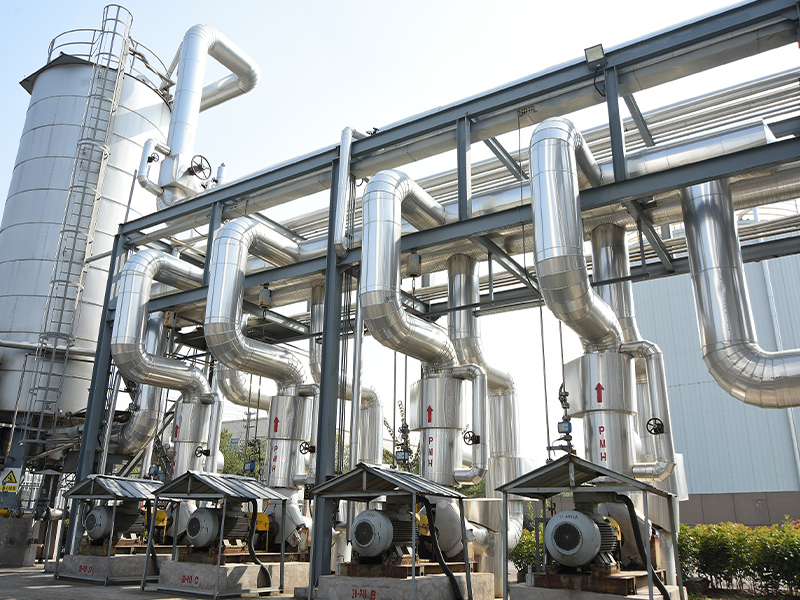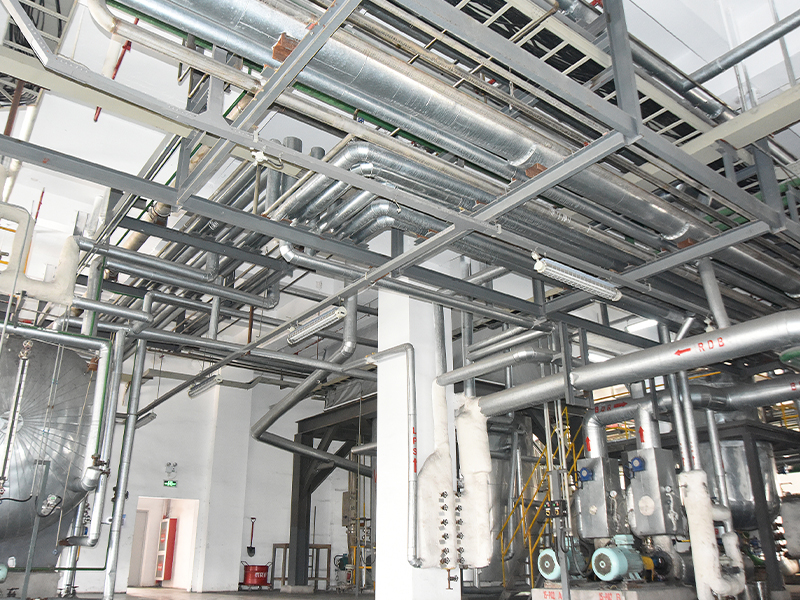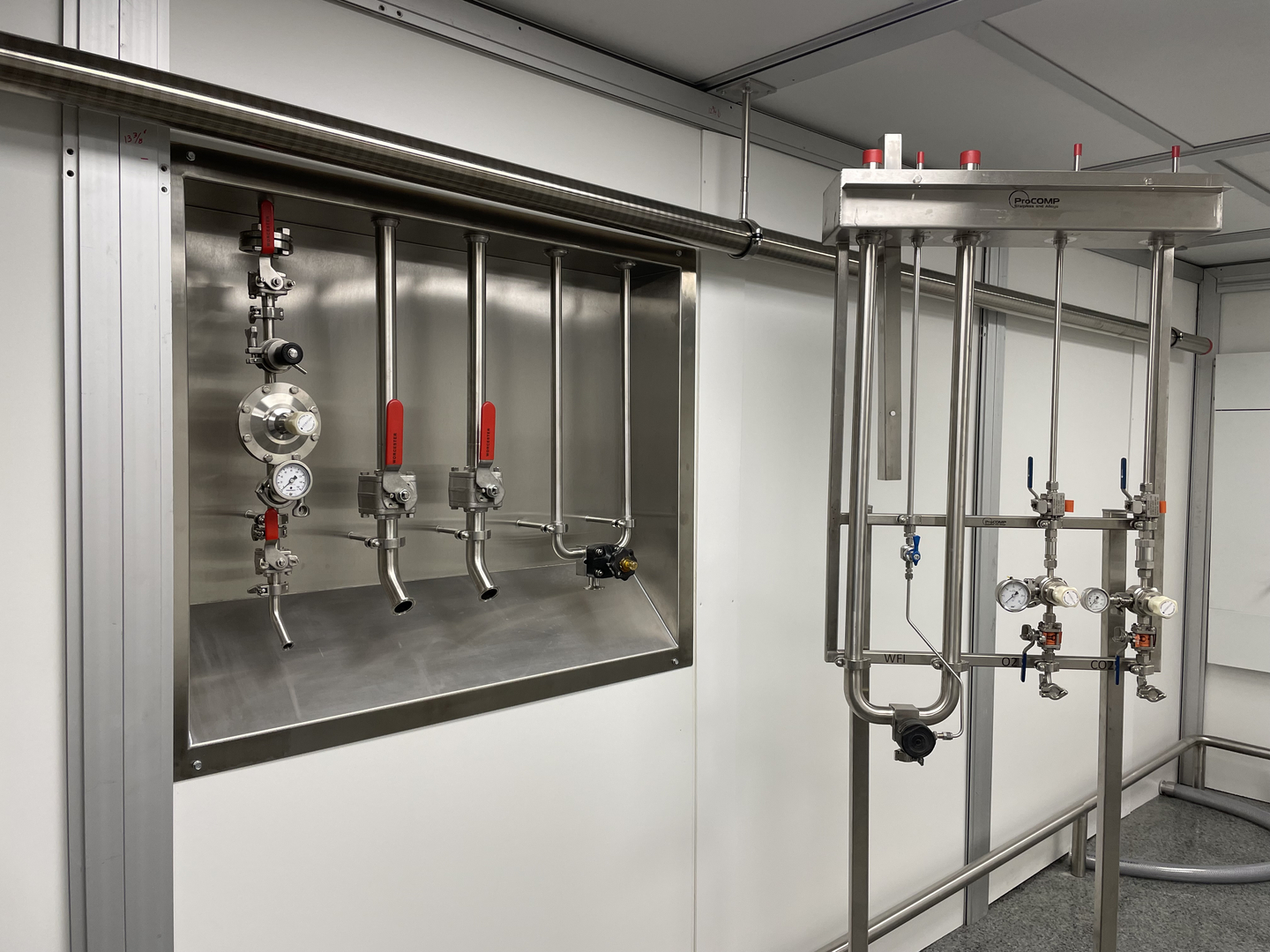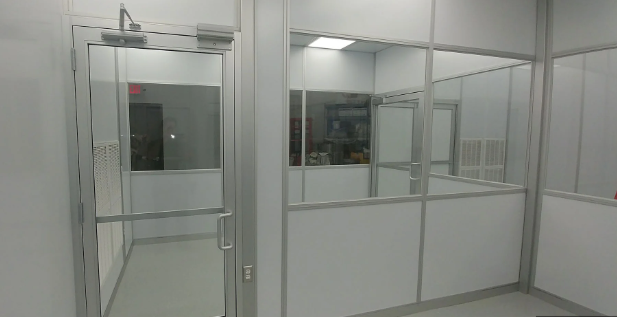Cleanrooms, as highly controlled environments, aim to prevent the entry of contaminants, ensuring the quality and safety of products. In the design and maintenance of cleanrooms, the sealing of cleanroom doors plays a crucial role. However, while most companies recognize the importance of door sealing for environmental control, many overlook a key detection method—the sealing integrity check. In fact, about 90% of companies do not adopt effective sealing detection measures, directly impacting the functionality and compliance of the cleanroom.
1. The Importance of Sealing in Cleanrooms
The sealing of cleanroom doors directly affects the cleanroom's airflow, temperature and humidity control, and particle contamination protection. Each time a door is opened, airborne particles, bacteria, and other contaminants may enter the cleanroom, compromising the cleanliness level and affecting the production process. This is particularly critical in negative pressure cleanrooms, where poor sealing allows external air to seep in, disrupting airflow and destabilizing the system.
The sealing of cleanroom doors is not only about preventing air leakage but also serves as the first line of defense against the entry of particles, chemical gases, and microorganisms. It is a key component of the cleanroom's environmental control system and a safeguard for all production activities.
2. Common Sealing Detection Methods
Sealing detection aims to ensure that cleanroom doors effectively prevent external contaminants from entering and maintain stable internal conditions. Several detection methods are currently used in the market:
Visual Inspection: This method involves visually inspecting the door frame, door leaf, and seals to check for visible damage, deformation, or aging. However, this method can only identify surface-level issues and cannot detect hidden cracks or seal failures.
Smoke Test: In this test, smoke is released around the door seams to observe whether the smoke leaks through any gaps. While this method is simple, it is not sensitive to small airflow leaks and may fail to detect potential sealing defects.
Pressure Differential Test: This method creates a pressure difference between the inside and outside of the cleanroom and uses airflow changes to detect sealing performance. It is effective for testing doors, particularly in negative pressure cleanrooms. However, this test requires specialized equipment and is more complex to implement.
Air Tightness Test: This method uses specialized airtightness testing instruments to measure the amount of air leakage through door seams. It is the most accurate method for detecting sealing issues, allowing for the identification of small leaks and potential failures, making it suitable for cleanrooms with stringent requirements.
3. The Overlooked Sealing Detection in Most Companies
Despite the fact that cleanroom doors are designed with sealing in mind, many companies neglect sealing detection in practice. According to research, around 90% of companies do not perform regular sealing checks and often rely on visual inspections or only address issues when problems arise.
The consequences of this neglect can be severe. Over time, door seals can age, reducing their effectiveness. Door frames may slightly deform from frequent opening and closing, leading to compromised sealing. While these changes may not be immediately noticeable, they still pose a potential threat to the cleanroom's integrity. Therefore, companies must implement regular sealing detection to identify and address problems in a timely manner.
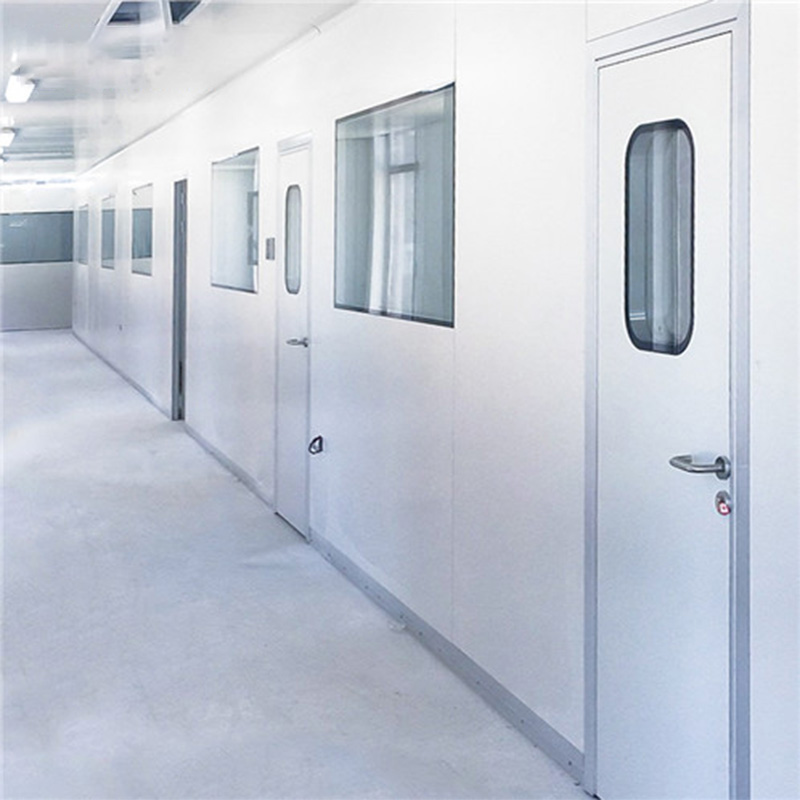
4. The Necessity of Sealing Detection
Regular sealing detection not only ensures that the cleanroom environment remains uncontaminated but also improves the overall operational efficiency of the cleanroom. By detecting door seal defects early, companies can reduce the infiltration of contaminants, maintain the required cleanliness levels, and avoid product quality issues caused by contamination. Additionally, sealing detection can extend the lifespan of cleanroom doors, preventing equipment failure and costly maintenance.
Furthermore, as cleanroom industry standards and regulations become increasingly stringent, regular sealing detection has become a critical component of compliance with certifications such as GMP and ISO. If companies fail to implement effective sealing detection, they may face compliance issues, disrupt production processes, or even fail to pass regulatory inspections.
5. How to Strengthen Sealing Detection for Cleanroom Doors
To prevent sealing issues in cleanroom doors, companies should take the following measures:
Establish Regular Inspection Mechanisms: Regularly check the door seals, frames, and leaves to ensure they are intact and effectively seal door seams.
Use Advanced Detection Technologies: Combine airtightness testing, pressure differential methods, and other efficient detection techniques to ensure comprehensive and accurate sealing assessments. It is recommended to use professional equipment to analyze minor leakage in door seams.
Train and Raise Employee Awareness: Educate employees about the importance of cleanroom door sealing, train them to perform professional inspections regularly, and establish a well-defined maintenance and repair process.
Select High-Quality Doors and Sealing Materials: Use certified high-quality cleanroom doors and sealing materials to reduce the risk of seal failure due to aging or damage.

 English
English русский
русский Español
Español
